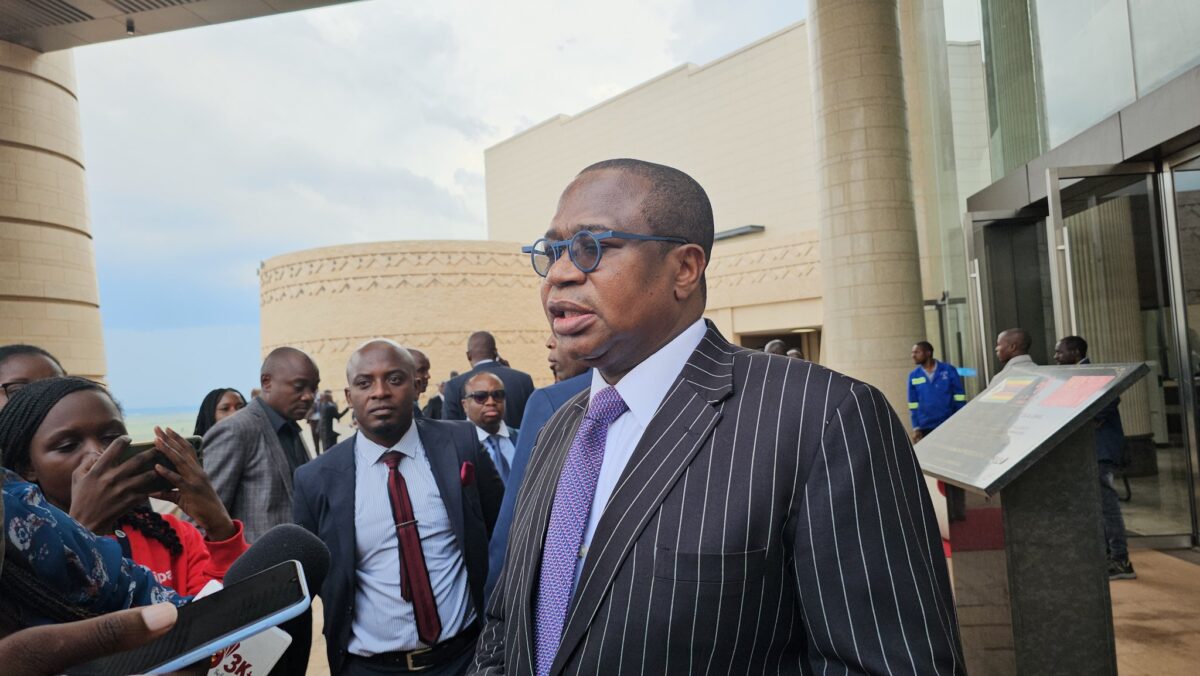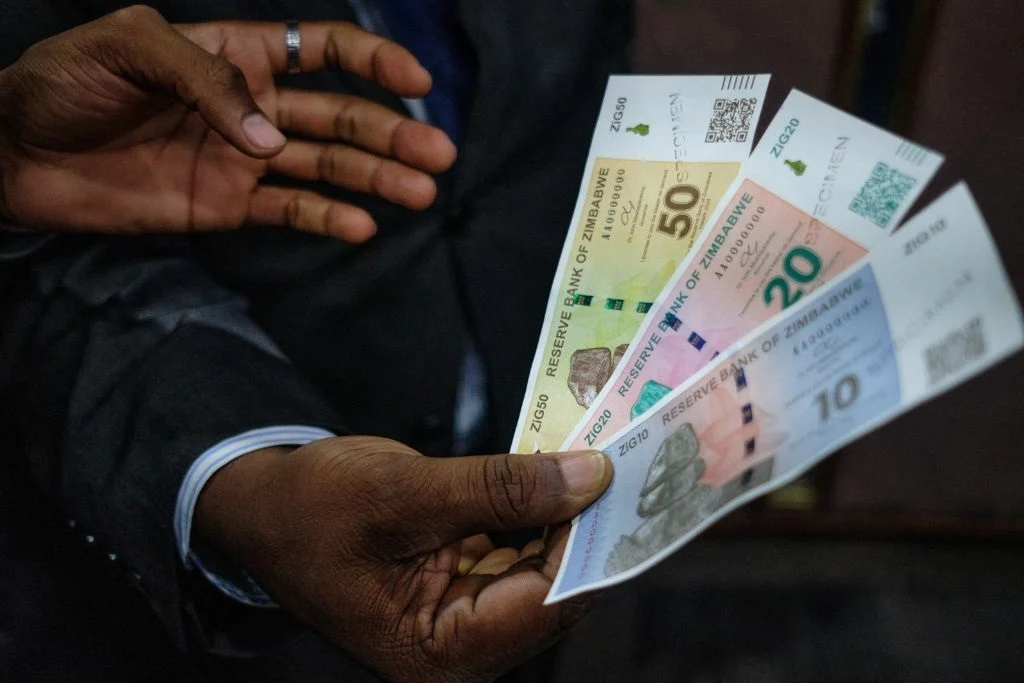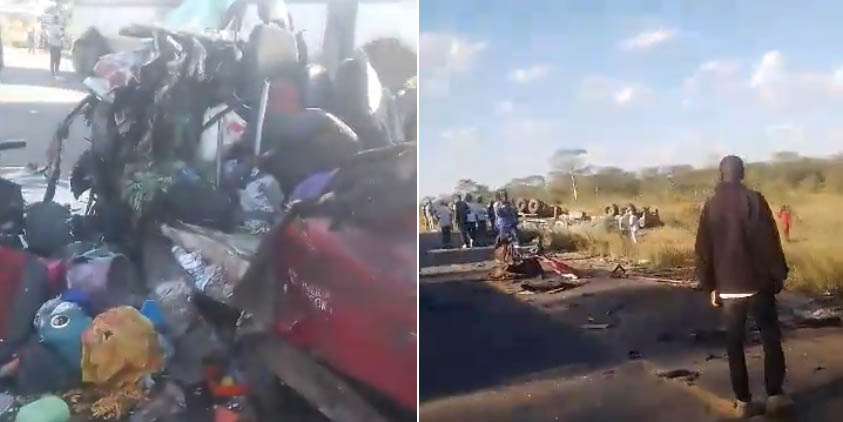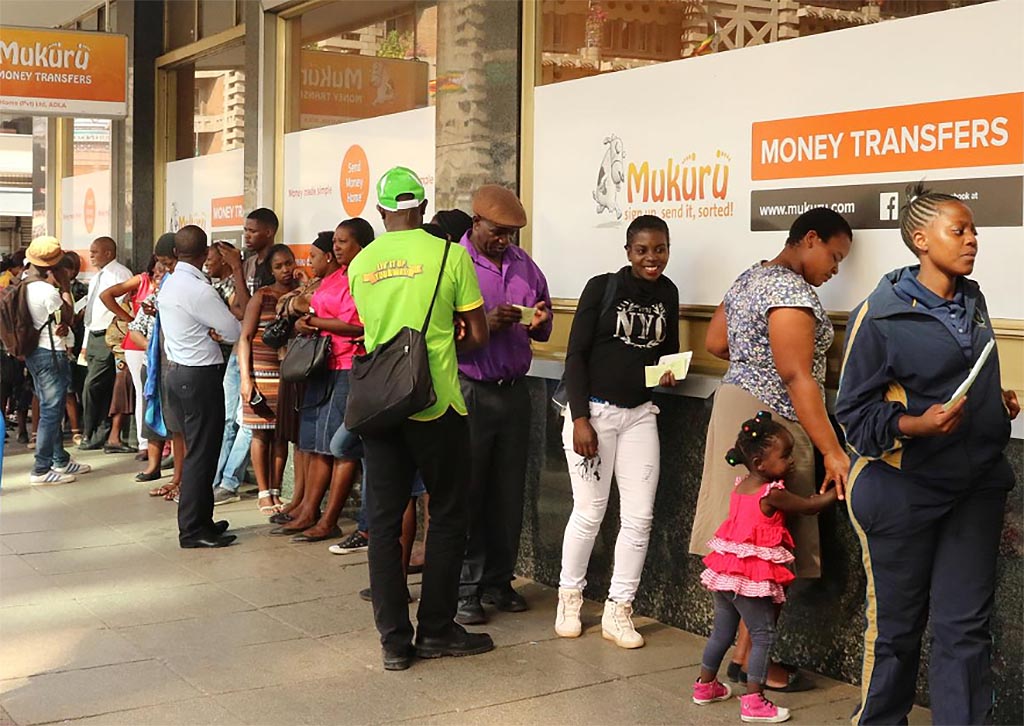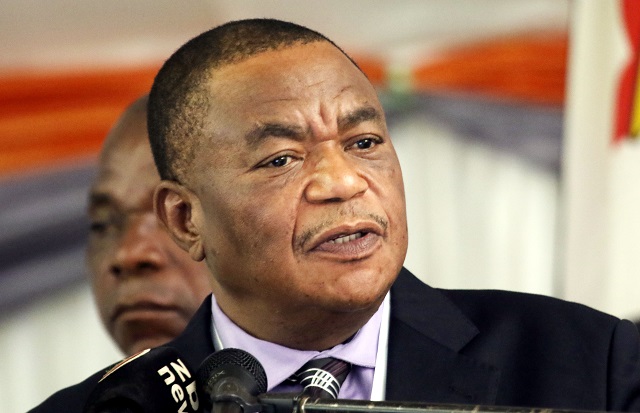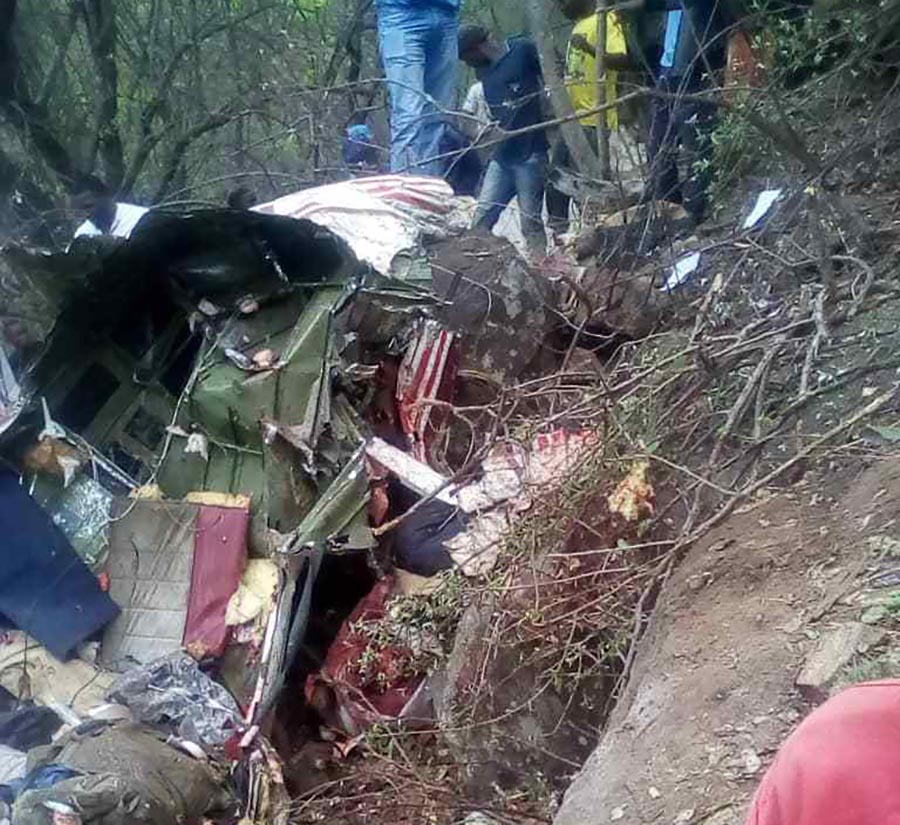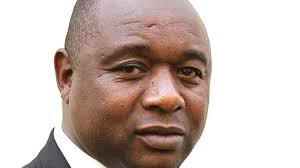IT is about time to look into the way the bones are likely to fall this year. We have the budget, the usual shambles in monetary policy and the season looks set to be very tough on us all. How is this witch’s brew going to turnout if we do not change the recipe?
First perhaps the budget. When I first listened to the budget being presented in parliament I could hardly believe my ears: 2 cents per gram on sugar in soft drinks, forcing the informal sector to pay taxes and get a tax certificate before they could buy anything, VAT on basic essentials, PAYE starting at 20 percent on salaries of about US$100 a month. What were the budget team doing – smoking something while they dreamt up these measures? Then the whole budget in a local currency which was in the midst of a mad rush for the exit.
Very soon the minister had to start making changes – the 2 cents sugar tax was a typo; it is 0.2 cents per gram. 2 cents per gram is US$20,000 per tonne of a product that earns US$500 a tonne in export markets and US$850 a tonne locally. 0.2 is still US$2,000 a tonne, still massively unmanageable. Just do the analysis – demand will collapse for these very price sensitive products; sugar will be diverted to export markets at a massive loss to the industry and the revenue to government will be negligible. A kid with a calculator could have told them that.
Anyone with even a negligible understanding of how the informal sector works, knows full well that the attempt to make them pay tax is doomed to failure, that is why they are informal. The attempt to control the market chain is equally nonsensical. VAT on bread? VAT on live cattle sales – I hear that all sales are now in cash without records and formal open public sales will vanish. Eighty percent of all live cattle sales come from small peasant livestock owners who are the poorest of the poor in this country.
When the minister announced the new PAYE bands he was cheered in the House of Assembly. Did those 280 legislators understand that the lowest paid domestic servant would now be liable to pay a 20 percent tax on anything about US$100 a month? I have long argued that PAYE on incomes below a certain level should be scrapped. PAYE follows the same principle as other elements in society – 80 per cent from the higher income brackets. The bottom 80 per cent supply 20 per cent of PAYE revenues. If we made any income less than US$2,000 a month tax free, it would boost consumer spending and we would easily recover any loss in revenue from other taxes. The impact on poverty would be immediate and targeted.
Then there was the wide ranging list of measures aimed at the mining industry. Does the ministry not understand that we are the second lowest ranked country in the world for mining investment? Do they not understand that our growth as a country is critically dependent on the industry, that 80 percent of our foreign currency receipts comes from the industry? Was the industry consulted? Impossible, because any mining executive already knows that he is skating on thin ice with his investors and shareholders.
It is almost as if the minister, faced with the impossible demands of the government ministries for more money, simply told his officials to go out and increase the tax revenues. What every minister of finance in a developing country like ours has to understand is two basic fundamentals – your tax system cannot be expected to raise more than 25 percent of the formal sector GDP and you cannot print money or operate a fiscal deficit above 5 percent of revenue. We are now running the very real risk of doing both in 2024. We have to live within our means – spend only what we capture in taxes at a reasonable level.
The one good thing about the whole exercise was greater transparency. We now know what the president spends and what we spend on security. Every minister wants more money in their budget than what is allocated but they have to live within their means. I saw no evidence of a value for money assessment and was disappointed that more is not being done to call to account state controlled agencies that raise money by taxes and levies that they control. Where does that 3 percent Aids Levy go, or the revenues to NSSA when they do little or nothing for social security? When last did we see a real audit of these entities?
Then the monetary policy shambles. I know we have got used to this – the 2000 to 2008 episode was mind blowing, then the GNU and dollarisation. The 2019 decision to separate the RTGS dollar from the real thing. Now out of nowhere the local dollar is again headed for the hills. In the past month it has halved in value on the open market. The reason the minister has stated is excess demand for USD, the monetary policy chief, the governor of the Reserve Bank says he is taking measures to stabilise the local currency and we now have significant inflation in US dollars just as global inflation steadies at about 2 percent.
Just what is going on? First we must acknowledge that we have ample foreign currency in our economy to meet our needs. 85 percent of all deposits in our banks is real USD, at least US$10 billion is floating around as real cash, our official exports are approaching US$8 billion, we have an official balance of payments surplus. Remittances are at record levels.
No minister, it is not a shortage of USD, we are in fact swimming in the green stuff! No, it’s just that nobody has any faith in the local currency and the current collapse is reinforcing this trend. Pay anyone with the local currency and they rush out to convert it at the rate of the day – whatever that might be. So why not abandon the local dollar which is now dying and go back to a dollarised monetary policy? That is a real question.
But if you ask anyone who is actually producing something or providing an essential service in a competitive market and without exception they will argue that we need our own currency. Why? The GNU should have taught us that lesson. We were fully dollarised for four years – saw inflation fall from world record levels to minus 7 percent in year 1 and 3 percent thereafter. We saw rapid recovery in the formal economy with growth averaging 70 percent per annum up to 2013, yes – 70 percent! But what we did not see was that when we started out we were importing 70 percent of everything, in 2013 we were still importing everything. Employment did not recover; we were a supermarket for the region.
When the new minister of finance introduced the RTGS dollar we saw a surge in local production – the percentage of locally produced goods in our stores rose strongly, our agriculture recovered and we saw jobs being created at record levels. Now that the RTGS dollar is dying and the USD is 85 to 90 percent of our economy we are seeing our formal sector also dying and imports surge. What is wrong? The answer is our policies are wrong.
One thing we should have learned from our recent past is that price control does not work. The efforts by the Reserve Bank to control retail prices by forcing companies to use the so called ‘Auction Rate’ as the sole means of determining the prices on the shelves is actually destroying the goose that lays the golden egg. Formal sector companies across the board are trying to survive where they can no longer compete with a rampant informal sector that has no overheads and pays no taxes. That has no restrictions on pricing.
So, if we change money on the parallel market we can get 17,000 to 1 for a US dollar, I can take that money and go to a supermarket where prices are set at half that rate and get what I want for a fraction of what it costs. To try and recover their losses, the big company is forced to increase their US dollar prices. If this situation does not change, these big companies that pay our taxes and employ our people are dead and time is running out.
